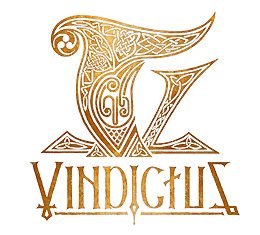One of the most surprising video game announcements in recent memory – honest! – is Bloody Good Time, a new eight-player multiplayer game “regrouping ambitious teen actors ready to kill for fame” from Scottish The Ship developers Outerlight, who have suddenly made their return to the gaming headlines. Bloody Good Time, launching today on the 29th of October and available on XBLA and from Steam, has the ignoble distinction of only being the second Source title to be published by Ubisoft, the first being the classic Dark Messiah of Might and Magic.
As perhaps evident from the trailer above, the game pits eight hopeful first-time auditioners against each other in an audition to the death on three different movie sets. The game’s cast of characters is a who’s who of movie caricatures, ranging from a surfer dude to a mall goth. Players will get their chance to off the rest of the competing aspirants in four different game modes: Hunt, Elimination, Revenge and Deathmatch.
 Bear with me as this post is largely hearsay given players in the EU are currently locked out of the game at this juncture, but the general assumption to be made here is that the combat more closely resembles that of other Source titles like Dark Messiah of Might & Magic and Zeno Clash, in turn bridging the gap between an MMORPG and an online dungeon crawler. There are other ways, too, in which the utilization of the Source engine affects the game’s overall design and gameplay. The Source base becomes more evident in the trailer below, illustrating a wider-than-usual array of smooth close combat:
Bear with me as this post is largely hearsay given players in the EU are currently locked out of the game at this juncture, but the general assumption to be made here is that the combat more closely resembles that of other Source titles like Dark Messiah of Might & Magic and Zeno Clash, in turn bridging the gap between an MMORPG and an online dungeon crawler. There are other ways, too, in which the utilization of the Source engine affects the game’s overall design and gameplay. The Source base becomes more evident in the trailer below, illustrating a wider-than-usual array of smooth close combat: In fact, there are already three promising Unreal Tournament 3 mods that have not only made the jump over to the UDK but also gone commercial, and curiously, UDK is not the only factor that binds all these three projects together. Each these teams also took part in the
In fact, there are already three promising Unreal Tournament 3 mods that have not only made the jump over to the UDK but also gone commercial, and curiously, UDK is not the only factor that binds all these three projects together. Each these teams also took part in the